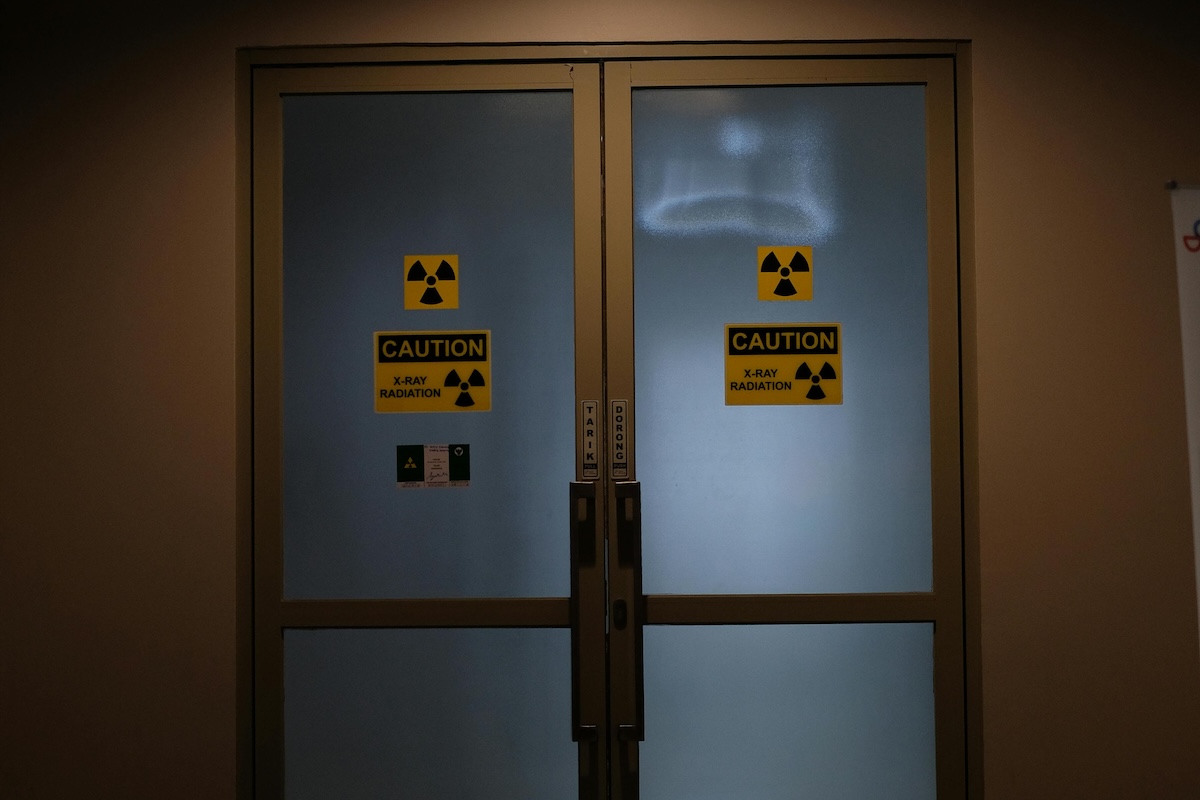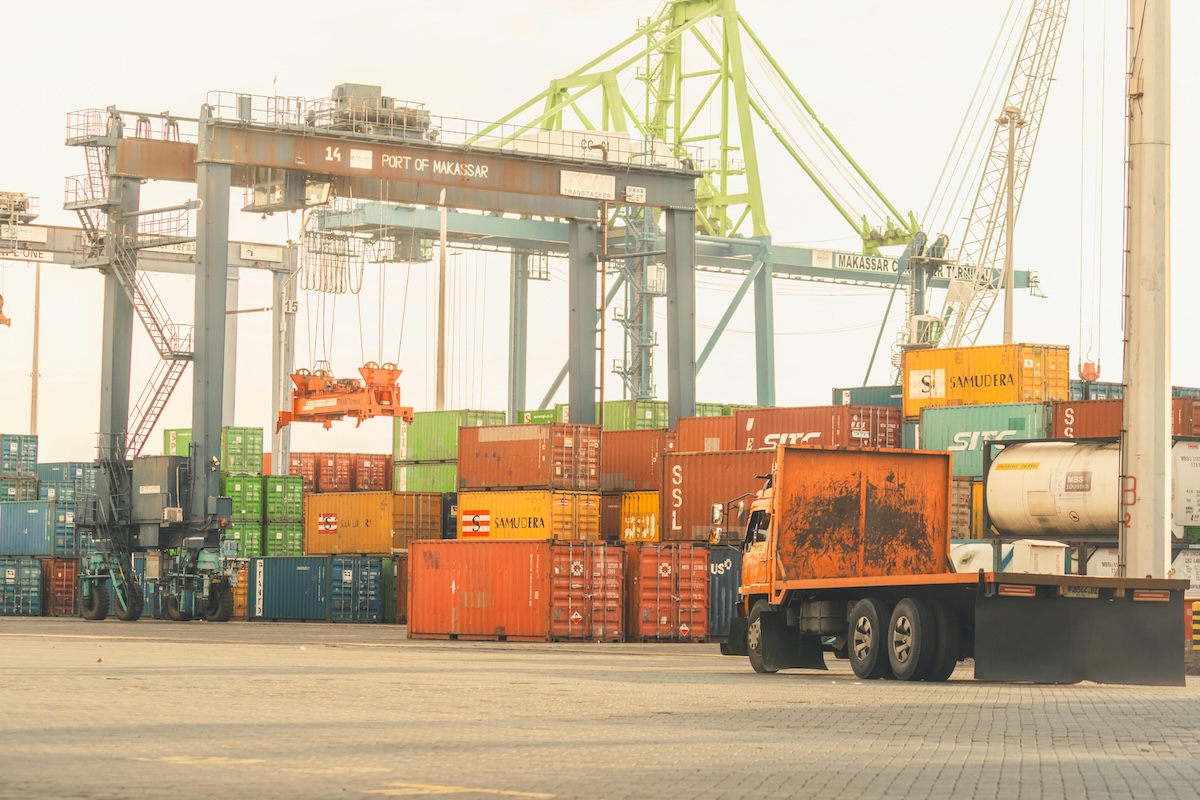“Technology” – Part IV: License Exceptions

By popular demand, here is the fourth and final installment in our “technology” series. This time we focus on the EAR’s license exceptions related to controlled “technology:” Technology and Software under Restriction (TSR) and Technology and Software—Unrestricted (TSU). Note: This condensed blog post is not a substitute for consulting the actual text of the EAR to determine whether you can use one of these license exceptions.
Before we dive in, let’s have a quick summary of topics covered in this series:
- In Part I, we explored the concept of controlled technology.
- In Part II, we examined the three different types of technology (“development,” “production,” and “use”) and how they are applied in practice.
- In Part III, we explained what it means when an ECCN controls technology that is “required” for the development, production, or use of an item on the Commerce Control List (CCL).
Back now to license exceptions. Imagine that you have identified your controlled information, determined its export classification, and you now have an international opportunity that involves transferring technology to a destination requiring an export license. Before you log in to SNAP-R, however, let’s examine two possible license exceptions to see if you can avoid the delay caused by a BIS license application.
First up is License Exception TSR, which stands for “Technology and Software under Restriction” (§740.6 of the EAR). (We’ll set aside software and focus on technology for this review, including with TSU below.) There are four primary requirements for TSR eligibility.
- Since TSR is a CCL-based license exception, you can only use it for ECCN entries that are identified by “TSR: Yes” under the heading. There are only 33 such entries on the CCL.
- The technology must be controlled for National Security (NS) reasons only.
- The technology must be destined for a Country Group B See Supplement No. 1 to Part 740 of the EAR.
- You must obtain written assurance from the recipient of the technology that the recipient will not release the technology to a national of a country in Country Groups D:1, E:1, or E:2; and the recipient will not export the direct product of the technology to a country in Country Groups D:1, E:1, or E:2.
Two points to note: 1.) The written assurance can be in the form of a letter, licensing agreement, fax, or any other written communication; and 2.) Refer to §743.1 of the EAR for reporting requirements for exports of certain items under License Exception TSR (i.e., items on the Sensitive List in Supplement No. 6 to Part 774 of the EAR).
Reminder: Be sure to consult §740.6 in its entirety, and not just this brief blog post, to determine whether you can use TSR. There are nuances and additional requirements in §740.6(a)(1) that may be relevant to your situation.
Next we’ll discuss License Exception TSU, which stands for “Technology and Software – Unrestricted” (§740.13 of the EAR). Unlike TSR, TSU is a transaction-based license exception. In other words, we’re not limited in its use to only those ECCN entries that expressly authorize it. There are five major categories of items that can be eligible for TSU:
Operation Technology
- “Operation technology” is the minimum technology necessary for the installation, operation, maintenance (checking), or repair of those commodities or software that are lawfully exported or reexported under a license, a License Exception, or No License Required (NLR).
- The “minimum necessary” operation technology does not include technology for development or production and includes use technology only to the extent required to ensure safe and efficient use of the commodity or software.
- Training is also authorized, provided the training is limited to operation, maintenance and repair technology.
Sales Technology
- “Sales technology” is data supporting a prospective or actual quotation, bid, or offer to sell, lease, or otherwise supply any item.
- The technology must be a type customarily transmitted with a prospective or actual quotation, bid, or offer in accordance with established business practice.
- The technology transfer must not disclose the detailed design, production, or manufacture technology, or the means of reconstruction, of either the quoted item or its product. The purpose of this limitation is to prevent disclosure of technology so detailed that the consignee could reduce the technology to production.
Software Updates
- This authorizing paragraph is outside the scope of this blog post.
Mass Market Software
- This authorizing paragraph is outside the scope of this blog post.
- Technology released in the U.S. by U.S. universities to non-U.S. person, full-time employees.
- The employee’s permanent residence throughout the period of employment must be in the U.S.
- The employee must not be a national of a country in Country Group D:5.
- The university must inform the employee in writing that the technology may not be transferred to other non-U.S. person without prior U.S. government authorization. The obligation not to transfer technology extends beyond the tenure of employment at the university.
Again, there are some nuances and additional requirements in §740.13 that I have not covered here for the sake of brevity. Two more points to note: 1) There is also an authorizing paragraph for copies of technology previously authorized for export to same recipient; and 2) There are some special recordkeeping requirements for technology controlled by ECCNs 2E983 or 2E984.
If a clear understanding of controlled “technology” is the exception rather than the rule for you, contact CTP today so we can help you simplify these matters.
Click Here to learn more about CTP’s Export Compliance Services










